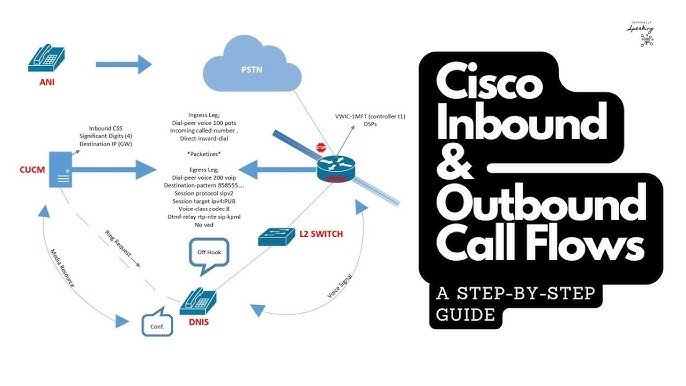Inbound and Outbound Calling
Inbound and Outbound Calling: Everything Businesses Need to Know
Introduction
In the modern business landscape, effective communication is the foundation of customer engagement, team collaboration, and operational success. Whether you’re running a sales-driven organization or managing support operations, your calling infrastructure plays a critical role.
At the heart of every phone-based communication strategy are two core processes: inbound calling and outbound calling. While both serve different functions, together they form a complete communication ecosystem.

What is Inbound Calling?
Inbound calls are phone calls initiated by customers or external parties, coming into your business. These are typically handled by:
Customer service teams
Technical support departments
Reception or inquiry staff
Inbound calling is reactive—it occurs when someone wants to contact your business. As a result, inbound call handling is crucial for:
Customer satisfaction
Lead conversion
Issue resolution
Brand reputation
Key Features of Inbound Calling Systems
Interactive Voice Response (IVR): Automatically routes calls to the right department or agent
Call Queuing and Hold Music
Call Recording and Monitoring
CRM Integration for tracking customer history
Live Analytics and Reporting to measure response times and performance
What is Outbound Calling?
Outbound calls are phone calls that your team initiates to connect with customers, prospects, or external contacts. These are essential for:
Sales and telemarketing
Appointment scheduling
Payment reminders
Follow-up and feedback collection
Unlike inbound, outbound calling is proactive. It enables you to reach out to customers rather than waiting for them to contact you.
Key Features of Outbound Calling Systems
Auto Dialers (Predictive or Progressive)
Click-to-Call from CRM or helpdesk
Call Scripting for consistency
Time-Zone and DNC Compliance
Call Disposition and Logging
Inbound vs Outbound Calling: Quick Comparison
| Feature | Inbound Calling | Outbound Calling |
|---|---|---|
| Who Initiates the Call? | Customer or external party | Your agent or automated system |
| Purpose | Support, inquiries, complaints | Sales, outreach, follow-ups |
| Key Tools | IVR, call routing, ticketing | Auto-dialers, scripts, CRM push |
| Business Goal | Customer experience & retention | Revenue growth & lead generation |
| KPIs Tracked | First-call resolution, wait time | Call volume, conversion rates |
Integrated Calling: Why You Need Both
In today’s customer-centric business environment, having both inbound and outbound calling capabilities isn’t optional—it’s essential.
A cloud-based VoIP system or contact center platform that supports both call types allows you to:
Provide seamless support while maintaining active customer outreach
Handle high volumes efficiently with intelligent routing and automated dialing
Unify all interactions into a single customer view
Improve team productivity with real-time call analytics
Industries That Rely on Inbound & Outbound Calling
E-commerce & Retail: Order updates, return handling, upselling
Healthcare: Appointment booking, reminders, test result queries
Education: Enrollment assistance, follow-up with students
Financial Services: Loan processing, payment reminders, fraud detection
Real Estate: Lead generation, property inquiries, scheduling viewings
Travel & Hospitality: Booking support, customer queries, promotional calls
Choosing the Right Calling Solution
If you’re planning to set up or upgrade your calling system, look for a platform that includes:
Inbound & outbound call support
VoIP-based scalability
Advanced analytics dashboards
Third-party integrations (like CRM, Helpdesk, etc.)
AI features like call sentiment analysis or voicebots
Top platforms like RingCentral, 8×8, Nextiva, and Five9 offer strong capabilities in this space—whether you’re a startup or an enterprise.